-
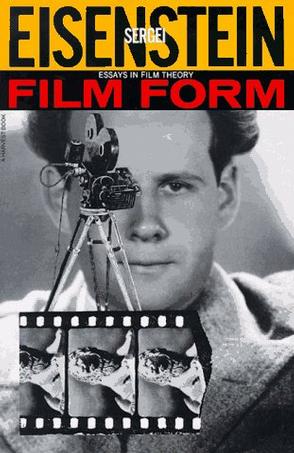
Film Form
Twelve essays written between 1928 and 1945 that demonstrate key points in the development of Eisenstein's film theory and in particular his analysis of the sound-film medium. Edited, translated, and with an Introduction by Jay Leyda; Index; photographs and diagrams. -
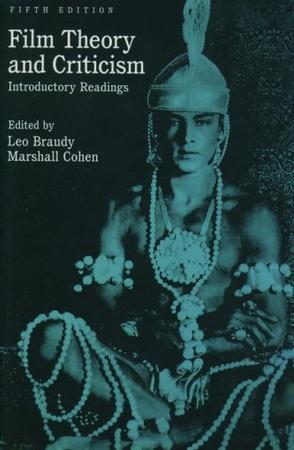
Film Theory and Criticism
Since publication of the first edition in 1974, Film Theory and Criticism, previously edited by Gerald Mast, Marshall Cohen, and Leo Braudy, has been the most widely used and cited anthology of critical writings about film. Extensively revised and updated, this fifth edition is ideal for undergraduate and graduate courses in film theory and criticism. Featuring both classic texts and cutting-edge essays from almost a century of thought and writing about the movies, it includes 19 articles new to this edition and new introductions for the individual sections. The sections themselves have been reformulated to help lead readers into a richer understanding of what the movies have and can accomplish both as individual works and as contributions to what has been called "the art form of the twentieth century." Building upon the wide range of selections and the extensive historical coverage that marked previous editions, this collection stretches from the earliest attempts to define the cinema to the most recent efforts to place film in the context of psychology, sociology, and philosophy and to explore issues of gender and race. A newly conceived section on Film Narrative and the Other Arts has been added, the section on Film Genre has been reorganized to include a special focus on the horror film, and a new subsection of essays addresses the issue of film spectatorship. This volume also features new and more accurate translations of the important essays of Sergei Eisenstein and gives more space to such important theorists as Andre Bazin and Christian Metz. -
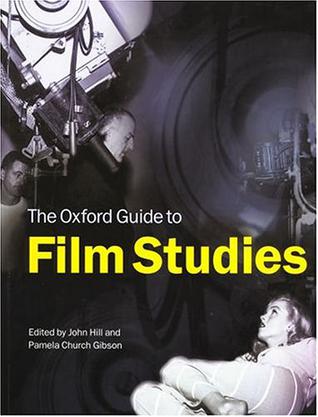
The Oxford Guide to Film Studies
Comprehensive, authoritative, and unique, The Oxford Guide to Film Studies is the up-to-date critical volume on the theories, debates, and approaches to the study of film. A host of international experts provide an overview of the main disciplinary approaches to film studies, an explanation of the main concepts and methods involved in film analysis, a survey of the main issues and debates in the study of film, and critical discussion of key areas.The Guide features: * Comprehensive coverage suitable for any course on cinema or film studies * Organized into three sections: Approaches; Hollywood and the World; World Cinema * An emphasis throughout on critical concepts, methods, and debates * Specially commissioned chapters on such varied topics as film music, the Hollywood Star System, and the idea of national cinema * Coverage dedicated to important new areas in film studies: gay and lesbian criticism, postcolonial theory, audience studies, post-classical Hollywood cinema, and cultural studies * Chapters discussing exciting new developments in classical topics, such as Early Hollywood Cinema, Film History, and the avant-garde * Illustrated throughout, and complete with 'readings' designed to demonstrate the variety of theoretical approaches, chapter headings and summaries, guides to further reading, and 'highlight' quotes With its uniquely comprehensive coverage, The Oxford Guide to Film Studies is an indispensable aide and reference source for the student of film and media, and anyone interested in the study of cinema. -
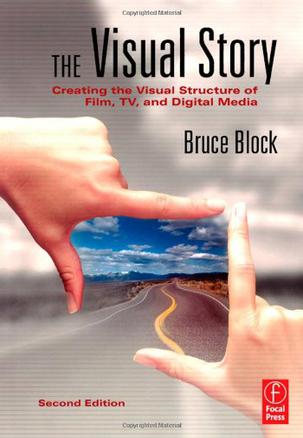
The Visual Story
If you can't make it to one of Bruce Block's legendary visual storytelling seminars, then you need his book! Now in full color for the first time, this best-seller offers a clear view of the relationship between the story/script structure and the visual structure of a film, video, animated piece, or video game. You'll learn how to structure your visuals as carefully as a writer structures a story or a composer structures music. Understanding visual structure allows you to communicate moods and emotions, and most importantly, reveals the critical relationship between story structure and visual structure. The Visual Story offers a clear view of the relationship between the story/script structure and the visual structure of a film, video, or multimedia work. An understanding of the visual components will serve as the guide to strengthening the overall story. The Visual Story divides what is seen on screen into tangible sections: contrast and affinity, space, line and shape, tone, color, movement, and rhythm. The vocabulary as well as the insight is provided to purposefully control the given components to create the ultimate visual story. For example: know that a saturated yellow will always attract a viewer's eye first; decide to avoid abrupt editing by mastering continuum of movement; and benefit from the suggested list of films to study rhythmic control. The Visual Story shatters the wall between theory and practice, bringing these two aspects of the craft together in an essential connection for all those creating visual stories. Bruce Block has the production credentials to write this definitive guide. His expertise is in demand, and he gives seminars at the American Film Institute, PIXAR Studios, Walt Disney Feature and Television Animation, Dreamworks Animation, Nickelodeon Animation Studios, Industrial Light & Magic and a variety of film schools in Europe. The concepts in this book will benefit writers, directors, photographers, production designers, art directors, and editors who are always confronted by the same visual problems that have faced every picture maker in the past, present, and future. * Now in full color! * Written by a renowned producer, visual consultant, and teacher * The material in this books applies to any kind of visual story, including films, animated pieces, video games, and television -
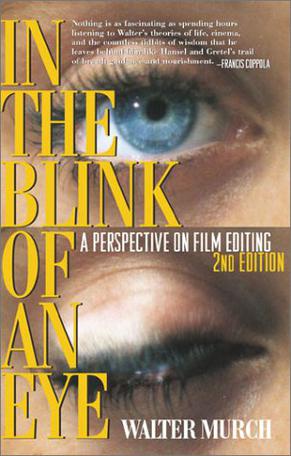
In the Blink of an Eye
In the Blink of an Eye is celebrated film editor Walter Murch's vivid, multifaceted, thought -- provoking essay on film editing. Starting with what might be the most basic editing question -- Why do cuts work? -- Murch treats the reader to a wonderful ride through the aesthetics and practical concerns of cutting film. Along the way, he offers his unique insights on such subjects as continuity and discontinuity in editing, dreaming, and reality; criteria for a good cut; the blink of the eye as an emotional cue; digital editing; and much more. In this second edition, Murch reconsiders and completely revises his popular first edition's lengthy meditation on digital editing (which accounts for a third of the book's pages) in light of the technological changes that have taken place in the six years since its publication. -
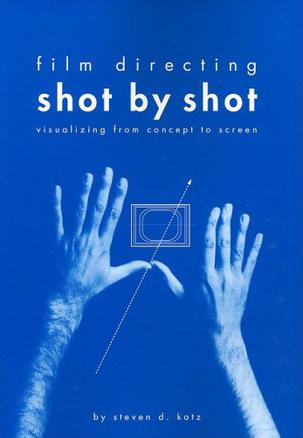
Film Directing Shot by Shot
A complete catalogue of motion picture techniques for filmmakers. It concentrates on the 'storytelling' school of filmmaking, utilizing the work of the great stylists who established the versatile vocabulary of technique that has dominated the moviessince 1915. This graphic approach includes comparisons of style by interpreting a 'model script', created for the book, in storyboard form. 点击链接进入中文版: 电影镜头设计:从构思到银幕(插图第2版)